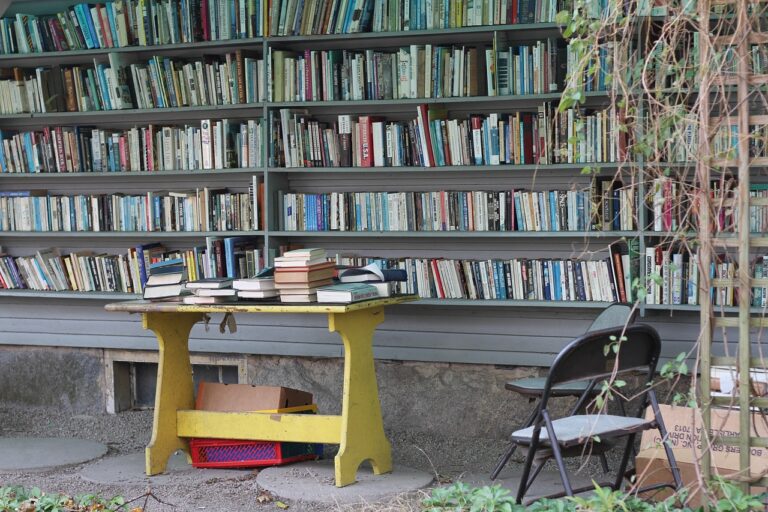Exploring Cross-Cultural Content Creation in Education: Betbhai.com, Cricbet99, Diamond exchange 9
betbhai.com, cricbet99, diamond exchange 9: Exploring Cross-Cultural Content Creation in Education
In today’s globalized world, it is essential for educators to create inclusive learning materials that cater to a diverse range of students. Cross-cultural content creation in education is a way to ensure that all students feel represented and have access to materials that resonate with their cultural backgrounds. By incorporating different cultural perspectives into educational content, teachers can create a more engaging and enriching learning environment for their students.
So, why is cross-cultural content creation important in education? Let’s delve deeper into this topic and explore some strategies for creating inclusive educational materials.
Understanding the Importance of Cross-Cultural Content Creation
1. Promotes Diversity and Inclusion: By incorporating diverse cultural perspectives into educational content, teachers can create a more inclusive learning environment where all students feel valued and represented.
2. Encourages Critical Thinking: Exposure to different cultural perspectives can help students develop a more nuanced understanding of the world around them, fostering critical thinking skills.
3. Enhances Engagement: Students are more likely to be engaged in learning when they see themselves reflected in the educational materials. Cross-cultural content creation can help make learning more relevant and meaningful for students.
Strategies for Cross-Cultural Content Creation
1. Incorporate Diverse Texts: Including literature and texts from a variety of cultural backgrounds can help students gain a better understanding of different perspectives and experiences.
2. Use Multicultural Visuals: Incorporating images and visuals that represent diverse cultures can help students feel more connected to the material and foster a sense of inclusivity.
3. Encourage Student Participation: Inviting students to share their own cultural backgrounds and experiences can help create a more inclusive classroom environment and promote cross-cultural understanding.
FAQs
Q: How can I ensure that my educational content is culturally sensitive?
A: It’s important to research and consult with diverse stakeholders to ensure that your content is respectful and accurate. Avoid stereotypes and generalizations, and be open to feedback from students and colleagues.
Q: What are some resources for finding diverse educational materials?
A: There are many online platforms and databases that offer a wide range of multicultural resources for educators, such as Teaching Tolerance and the National Education Association.
Q: How can I address cultural differences in the classroom?
A: Encourage open discussions about cultural differences and similarities, and create a safe space for students to share their perspectives and experiences. Foster empathy and understanding among students to promote a more inclusive learning environment.
In conclusion, cross-cultural content creation in education is a vital aspect of creating a more inclusive and engaging learning environment. By incorporating diverse cultural perspectives into educational materials, teachers can help students develop critical thinking skills, promote diversity and inclusion, and enhance student engagement. Embracing cross-cultural content creation can ultimately lead to a more enriching and fulfilling educational experience for students of all backgrounds.







